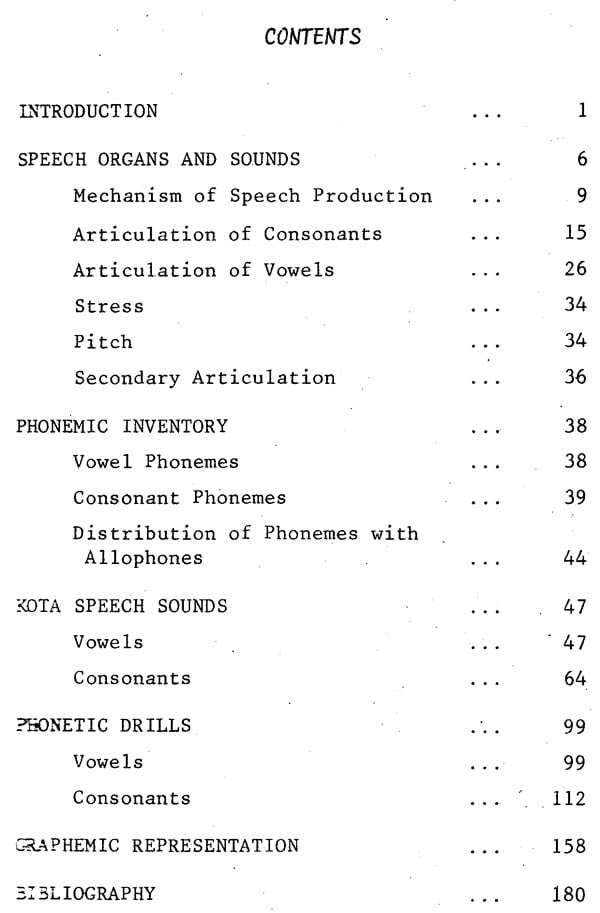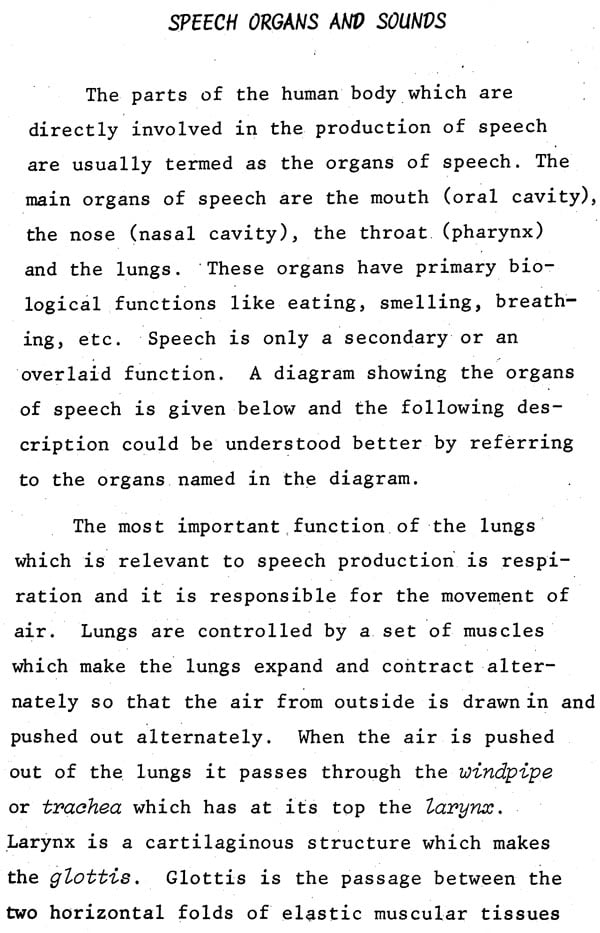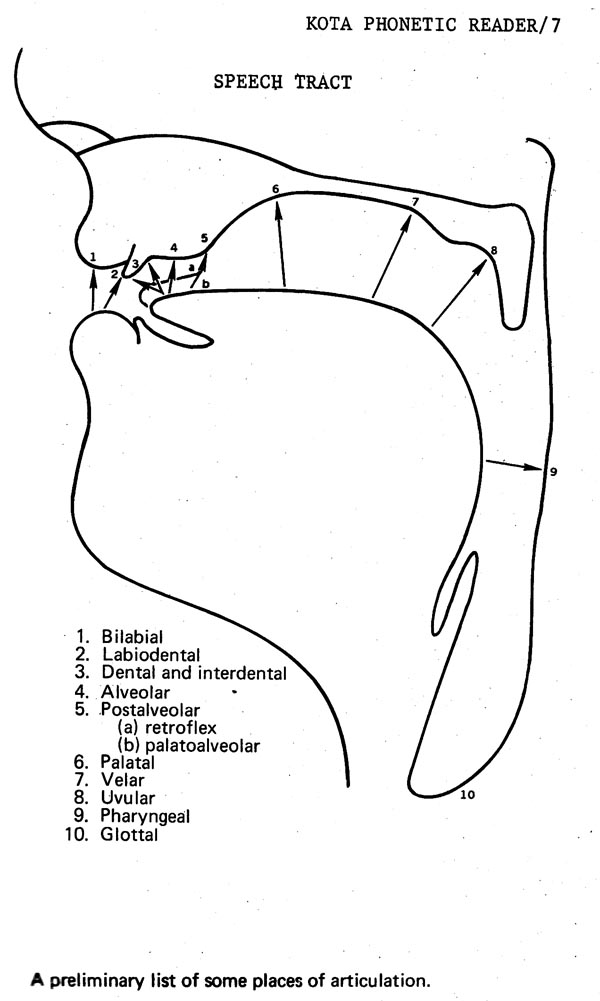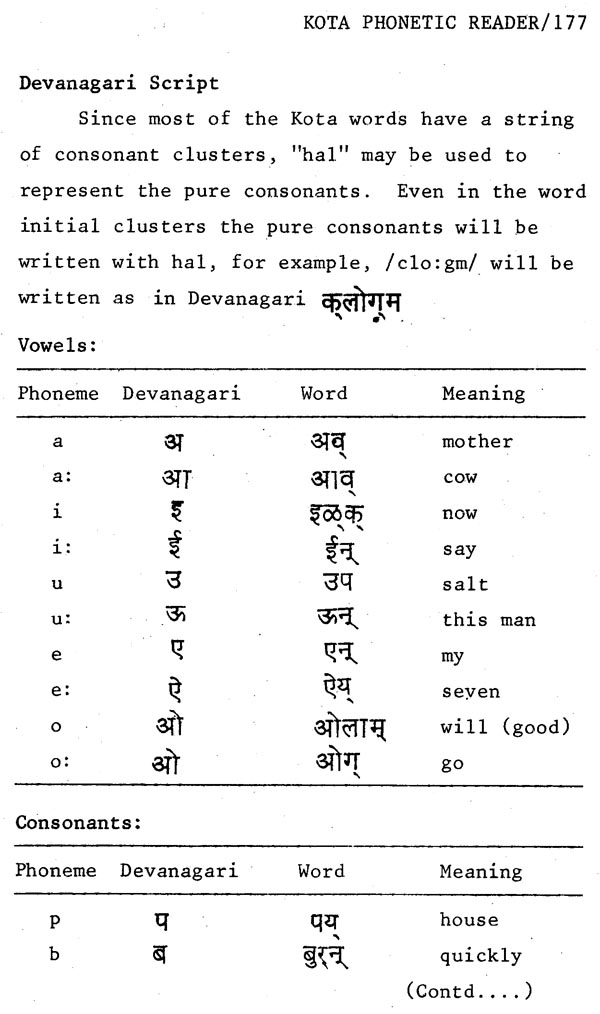
Kota Phonetic Reader
Book Specification
| Item Code: | NAW167 |
| Author: | G. Subbaiah |
| Publisher: | Central Institute Of Indian Languages, Mysore |
| Language: | English |
| Edition: | 1986 |
| Pages: | 188 |
| Cover: | PAPERBACK |
| Other Details | 8.50 X 5.50 inch |
| Weight | 180 gm |
Book Description
As an apex body in the country for the language and linguistic research, the Institute identifies areas where special attention and assistance are to be given for development. Phonetics is one such area, as it was one of the important concerns of Indian traditional gram-marians and as it is basic to many aspects of linguistic studies. The Institute provides a forum for phonetic experts in the country to draw out research programmes and discuss their research results, organizes training programmes in phonetics for students of linguistics and teachers of language and coordinates phonetic research in the country by bringing together the phoneticians and making the phonetic equipments accessible to more researchers.
Having the mandate to find out common features between Indian languages, it is also working on phonetic features shared by the Indian languages. The phonetic readers which give details of phonetic description will be the first step in this direction.
Concerned with the development of tribal and other minor languages, the Institute pre-pares phonetic readers in these languages to form the basis for grammatical description, to provide material for teaching pronunciation of these languages and to give a base for the development of script.
The, content and organization of the phonetic readers reflect all these interests. They are called Phonetic Readers not because they are compilation of phonetic texts but because of their aid to language teachers and language planners. If these two categories of people find the series useful, our efforts in bringing out this publication will be considered as fulfilled.
It is also the considered view of all the people that matter that these tribal’s should be integrated with the regional population amidst whom they live. This can be done only when they are approached through their own mother tongues. It is also obvious that it is impracticable to use their mother tongues throughout their education. Their mother tongues are to be used so that they can effectively be integrated into the regional population. This does not mean that they should forsake their mother tongues, but only means that they should gain native-like fluency in their respective regional languages as early as possible. It is for this purpose that their languages have, to be scientifically studied and grammatical sketches and vocabularies have to be prepared. The scripts of the regional languages have to be adopted for writing their languages. Primers and textbooks have to be prepared.
o do all this the expertise of the linguists of the country should be placed at the disposal of persons interested in the education of tribal’s. Administrators who come in frequent contact with the tribal’s have in learn to speak fluently the tribal language in question. Learning a language implies an acquisition of a good pronunciation.
Firstly, the learner must acquire the capacity to recognise readily without any error the various speech sounds occurring in the language he is learning. Secondly, he must acquire the capacity to produce them with the help of his own vocal organs. Thirdly, he must acquire the capacity to produce the individual speech sounds he has learnt in sequences. In addition to these three skills, which may be sufficient to gain a reasonable pronunciation, the learner, depending on his needs, has to get a mastery over the orthography of the language he is learning. This involves developing automatic associations between written forms and speech sounds.
The Phonetic Readers in this series have been designed with the above points in view. They are mainly intended to meet the needs of administrators who have to learn the language in question.
Each Reader consists of a brief exposition about the organs of speech and their functions. It also introduces some technical terms. Then each speech sound is described in detail giving the movements of the vocal organs. Each description is rounded off by the technical term for that sound. A brief phonemic statement which meaningfully groups the sounds described in the preceding sections is also appended. A statement about the correspondences between the phonemes of the language and the letters used to write them comes at the end. In this section suggestions for improvements in the existing orthography are made. In the case of languages which have not yet been written, suggestions for adopting the script of the regional language are made.
It may be too much to claim that these Readers are perfect. There are lacunae still to be filled up. The most conspicuous of these is the lack of information on intonation. Though it is true that certain features of pronunciation can only be learnt with the aid of a teacher, the utility of such Readers cannot be underestimated. It is hoped that these Readers will be useful to even persons other than those for whom they are intended.
The Dravidian family is divided into three major sub-groups, viz., Southern, Central and Northern on the basis of their shared innovations. The Southern group is mainly spoken in three States - Tamilnadu, Karnataka and Kerala; the languages of of the Central group are found in Andhra Pradesh, Madhya Pradesh, Maharashtra, Bihar, Orissa and West Bengal. The Northern group is found in Bihar, Orissa and West Bengal in India and in Baluchistan in Pakistan.
Book's Contents and Sample Pages












